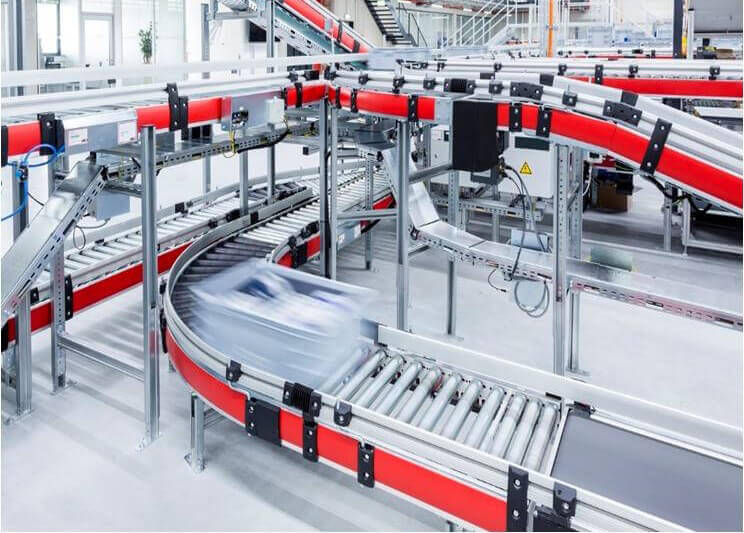The perks of utilizing pneumatic conveying system

Compressed air or another gas is used in pneumatic conveying method to move powdered and granulated products from one production area to another.
A pneumatic system uses a combination of pressure differential and the flow of air (or other gas) from a blower or fan to move the material through an enclosed conveying line. It is also called ‘separating materials’ process. The system is able to transfer materials with little damage or loss by managing the pressure and airflow in the conveying line.
What materials are most suited for pneumatic conveying?
Fine, dry granules are best transported via pneumatic conveying. Food and industrial items have been the subject of our design and installation work, including:
- Soybeans
- Flour from wheat
- Starch
- Sugar
- Cementitious material
- Black carbon
- Coal sludge and fines.
- Sands
- Metallurgical waste
- Grainy substances
- Materials that have been compressed into pellets
You may use pneumatic systems for batch materials and separating materials that need precise weight measurements or for products that need to cool down during transportation.
Now, this form of technology has become a popular choice for a number of applications.
Advantages:
Adaptability-
We have seen that using a pneumatic system instead of starting from scratch saves time and money. For one thing, they are easy to find since they don’t take up much room. Multiple pick-ups and discharge sites are possible, allowing you to design a system that is both flexible and efficient for users.
Routing ease-
A major benefit is that you may configure the system in any manner you choose. Long-distance travel is possible with pneumatic systems since they may run horizontal or vertically and are straightforward to build around impediments or anything that doesn’t provide a straight route. Second, it gives you a good degree of freedom, which is a major benefit.
Adaptability in the construction process-
There isn’t much structural support needed for pneumatic conveying lines because of their small weight. A lot of possible building issues are eliminated as a result of this. It is a great benefit and a primary reason to use this system.
The ease with which it can be maintained-
One advantage of pneumatic systems over other choices is that each of the system’s key components may be fixed independently of the rest of the equipment. That means downtime is minimized and repairs may be completed in a shorter amount of time.










